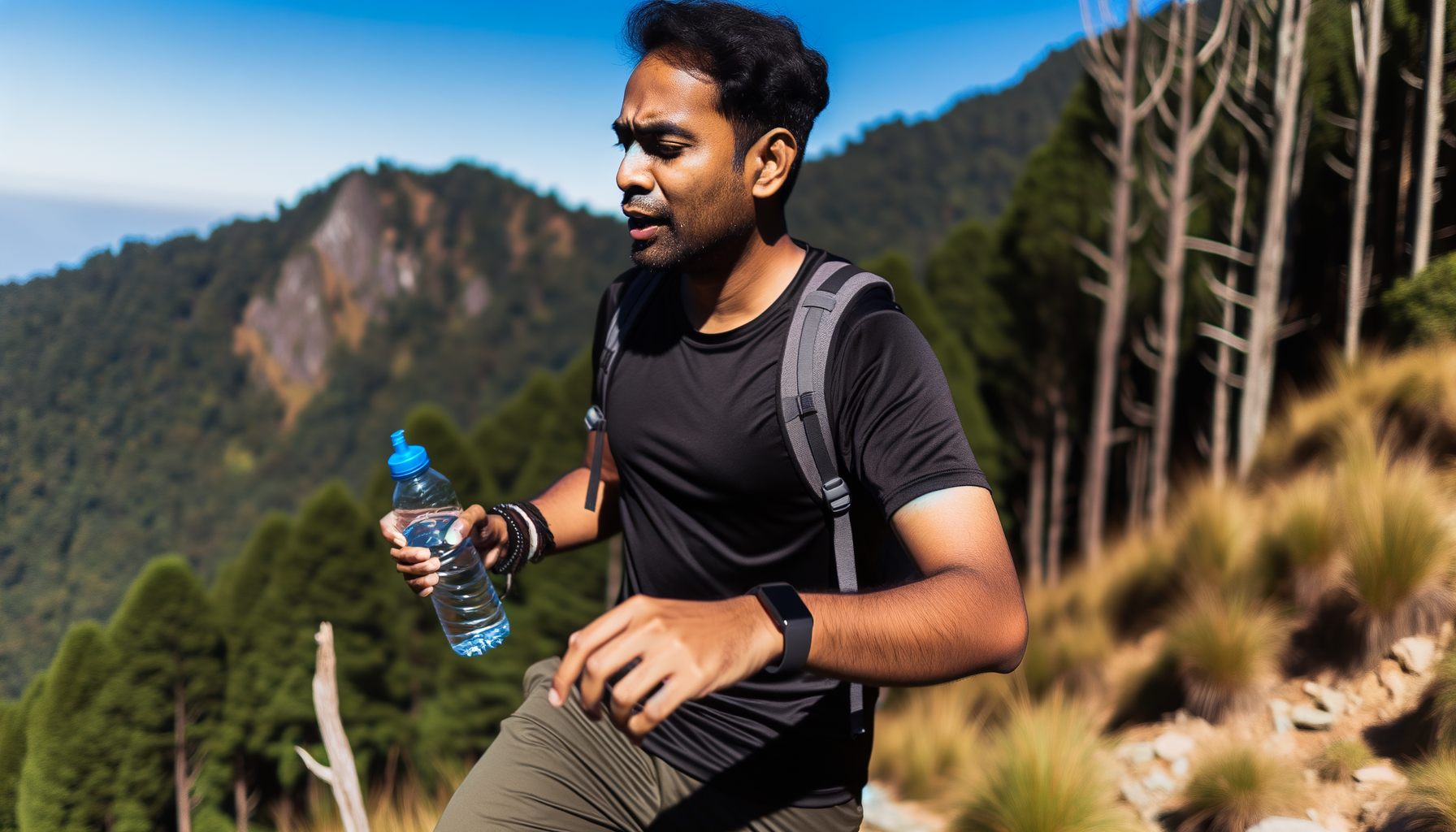Optimizing Calorie Tracking for Outdoor and Adventure Sports
When engaging in outdoor and adventure sports, understanding and managing your calorie intake is crucial for optimal performance and overall health. Here’s a comprehensive guide on how to track calories, meet your energy needs, and optimize your performance nutrition.
## Understanding Calorie Needs for Outdoor Activities
Outdoor activities such as walking, running, cycling, swimming, and tennis vary significantly in the number of calories they burn. For instance, walking at a moderate pace of 4 mph can burn approximately 444 calories per hour for a 175-pound person, while running can burn up to 648 calories per hour.
### Calorie Burn Rates for Common Outdoor Activities
– **Walking**: 444 calories/hour
– **Running**: 648 calories/hour
– **Cycling**: 326 calories/hour
– **Swimming**: 420 calories/hour
– **Tennis**: 408 calories/hour
– **Basketball**: 690 calories/hour.
Understanding these calorie burn rates helps you plan your nutrition and ensure you are consuming enough calories to support your energy needs.
## Using Activity Trackers for Accurate Calorie Tracking
Activity trackers are invaluable tools for monitoring your daily physical activity, including calories burned, steps taken, and distance traveled. Devices like the SYNC Calorie Activity Tracker can capture your daily calories burned, steps taken, distance traveled, and activity time. It syncs data with apps like MapMyWalk, allowing you to track and analyze your progress easily.
### Features of Effective Activity Trackers
– **Calorie Tracking**: Accurately measures calories burned.
– **Step and Distance Tracking**: Monitors steps taken and distance traveled.
– **Activity Time Monitoring**: Tracks the time spent actively moving.
– **Long Battery Life**: Some trackers, like the SYNC Calorie, have a battery life of over 1 year without needing a recharge.
– **Data Syncing**: Quickly syncs data to compatible apps for detailed analysis.
## Nutrition Strategies for Outdoor Adventures
Proper nutrition is essential for maintaining energy levels during outdoor adventures. Here are some key considerations:
### Calorie-Dense Foods
When planning outdoor adventures, it’s important to bring foods that are calorie-dense but lightweight. For example, energy bars and nuts provide a high calorie-to-weight ratio, making them ideal for long hikes or biking trips. However, it’s also important to choose nutritious options to avoid relying too heavily on sugary or high-sodium foods.
#### Example of Calorie-Dense Foods
– **Energy Bars**: 230 calories per 2.3 oz
– **Nuts**: High in calories and healthy fats
– **Dried Fruits**: Compact and calorie-dense
### Hydration and Electrolytes
Staying hydrated is crucial, especially during intense outdoor activities. However, it’s also important to maintain electrolyte balance. Sports drinks can be helpful but often contain too much sugar. Adding electrolytes to water is a better option to ensure you are replenishing what you lose through sweat.
### Fresh Food Considerations
While fresh food is nutritious, it does not travel well and can be heavy due to its water content. If you do bring fresh food, ensure you pack out all waste to avoid leaving a trace and to protect wildlife.
## Real-World Examples and Case Studies
### Outdoor Activities with Family and Friends
Incorporating outdoor activities into social gatherings can be a fun and effective way to burn calories. For example, playing badminton, volleyball, or croquet during a picnic can burn significant calories while enjoying quality time with family and friends. Here are some approximate calorie burn rates for these activities:
– **Badminton**: 376 calories/hour
– **Volleyball**: 250 calories/hour
– **Croquet**: 208 calories/hour.
### Professional Athletes and Nutrition Planning
Professional athletes often have detailed nutrition plans tailored to their specific energy needs. For instance, a cyclist preparing for a long race might consume a diet rich in complex carbohydrates, lean proteins, and healthy fats to ensure they have the energy reserves needed to perform at their best.
## Tools and Apps for Tracking Calorie Burn
In addition to activity trackers, there are several apps and tools that can help you track your calorie burn and plan your nutrition.
### MyNetDiary App
The MyNetDiary app allows you to track your exercise minutes and calculate the calories burned based on the activity. It also syncs with fitness trackers like FitBit, Withings, and Garmin, providing a comprehensive view of your fitness progress.
### Apple Watch and Fitness App
The Apple Watch tracks active calories during workouts, including outdoor runs. You can view this data through the Activity app on your watch or the Fitness app on your iPhone. This helps you monitor your calorie burn in real-time and adjust your nutrition plan accordingly.
## Conclusion and Next Steps
Tracking calories and managing nutrition are critical components of performing well in outdoor and adventure sports. By using activity trackers, planning calorie-dense meals, and staying hydrated, you can optimize your energy levels and achieve your fitness goals.
### Summary of Key Points
– **Understand Calorie Needs**: Know the calorie burn rates for your specific activities.
– **Use Activity Trackers**: Tools like the SYNC Calorie Activity Tracker can help you monitor your daily activity.
– **Plan Nutrition**: Focus on calorie-dense foods and maintain electrolyte balance.
– **Utilize Apps and Tools**: Apps like MyNetDiary and the Apple Watch Fitness app can help you track and analyze your calorie burn.
### Get Started with Calorie Calculator Cloud
For a more personalized approach to calorie tracking and nutrition planning, consider using the Calorie Calculator Cloud. This tool provides detailed calorie calculations based on your specific activities and dietary needs. Check out the Calorie Calculator Plans to find the best option for you.
By integrating these strategies into your routine, you’ll be better equipped to handle the demands of outdoor and adventure sports, ensuring you perform at your best while maintaining optimal health.








